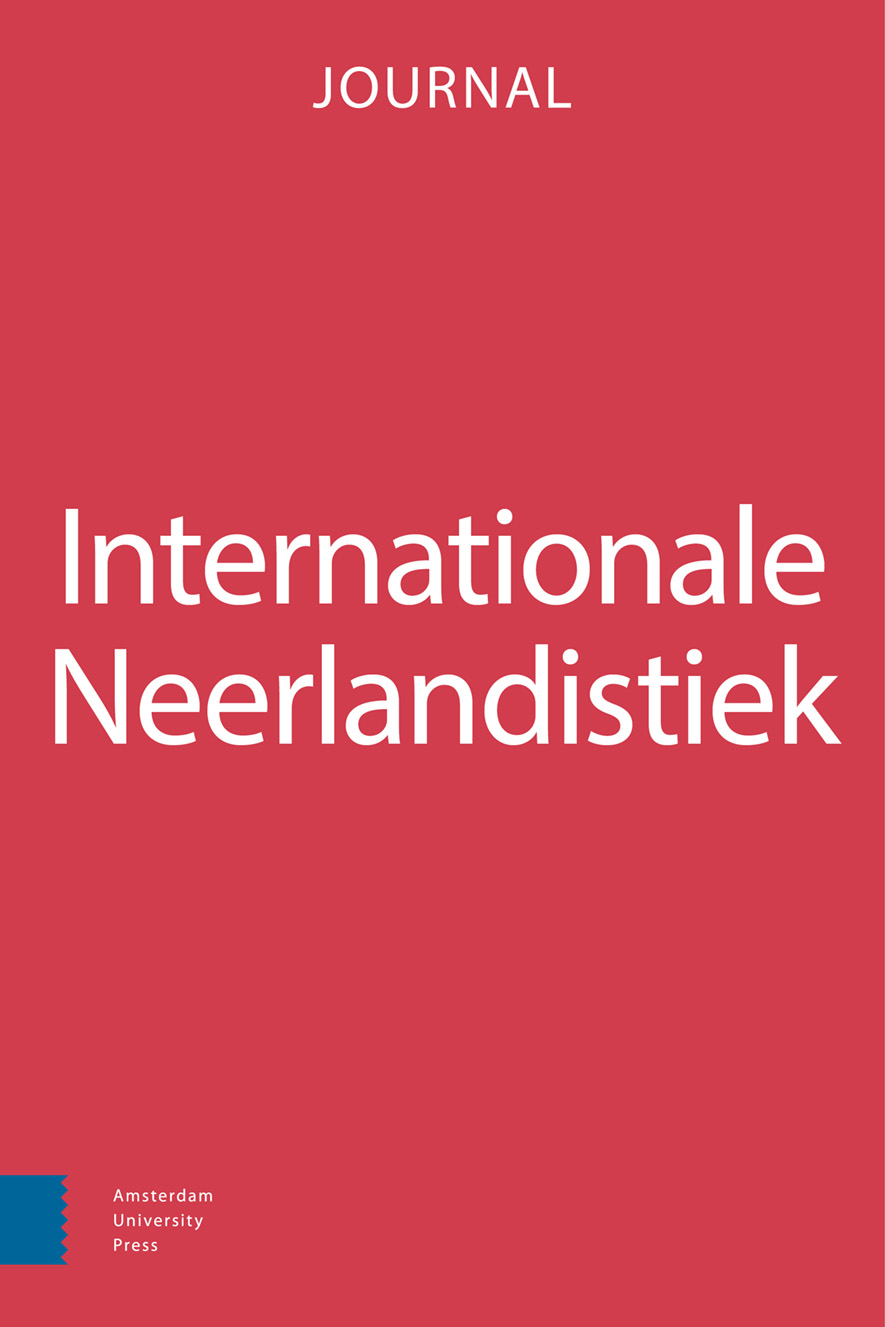-
oa Een globaal icoon in een minderheidstaal
Anne Franks Het Achterhuis in Baskische vertaling
- Amsterdam University Press
- Source: Internationale Neerlandistiek, Volume 61, Issue 3, Dec 2023, p. 290 - 320
-
- 01 Dec 2023
Abstract
This article examines the Basque translations of Anne Frank’s Het Achterhuis. A total of two translations are to be scrutinised. First of all, a partial translation from the 1960s, that was made by a somewhat atypical duo of translators – a Dutch upcoming specialist in Basque Studies and a teen-age Basque girl – and published in one of the first fully Basque-language literary journals. Secondly, a full translation from 2004, with reissues in 2014 and 2017. The article looks at translations from a sociological-receptive point of view intending to reconstruct goals, working methods and profiles of the translators, and investigates the reception of both works in peritexts, mainly reviews in the press. To this end, I have used, among others, archival material, interviews with two of the three translators (those who are still alive), and a contextual analysis of developments in the Basque literary field in recent decades. All this offers an opportunity to see how one of the modern Dutch-language classics circulates in the only partly autonomous literary field of a minority language. The question should be asked whether Anne Frank has been translated as a Dutch or a global icon. In the end, it is the international success of the book that seems to have prevailed rather than the desire to open up Dutch culture to Basque readers.


